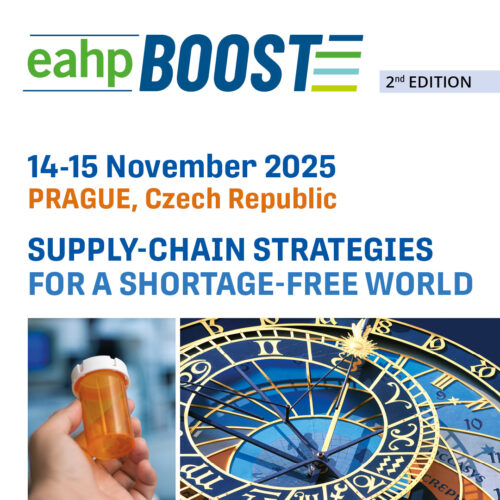SHARED PHARMACEUTICAL CARE PROGRAMME AGAINST COVID-19
Pdf

European Statement
Clinical Pharmacy Services
Author(s)
OLIVIA FERRÁNDEZ, CRISTINA RODRIGUEZ, NURIA CARBALLO, ZARA CORINNE, MARTA DE ANTONIO, MIQUEL OJEDA, RITA PUIG, JORDI DE DALMASES, JORDI CASAS, SANTIAGO GRAU
Why was it done?
It was established as a primary strategy against COVID-19 and to demonstrate the benefits of shared care of the patient, by hospital and community pharmacists, as regards to the improvement in their health status.
What was done?
In March 14th 2020, the Spanish Government declared the state of alarm which restricted citizens’ mobility due to the SARS-CoV-2 coronavirus pandemic. The Catalan Health Service (CatSalut), which provides health support to an autonomous community of 7.5 million people, issued a series of strategies to protect vulnerable patients from commuting to the hospital to collect their Outpatient Hospital Medicines (OHM).
One of these strategies established a shared pharmaceutical care program involving both hospital and community pharmacists. Thus patients collect their OHM at their local community pharmacy and avoid commuting to the hospital.
How was it done?
An official standard operating procedure reflecting this strategy was drawn up by CatSalut, Barcelona Pharmacists Association (COFB) and Hospital del Mar de Barcelona (HMar).
This project was initiated in March 23rd 2020 and it has been offered to all publicly funded hospitals in Catalonia.
A safe cloud-based web application, designed between COFB and HMar, was available to monitor all the medicines delivered using this circuit. Patients are included in this platform and are notified when their OHM has been sent to the community pharmacy selected by them. The computer application also includes a communication channel between community and hospital pharmacists to assess any medication-related incidence detected, as well as a telepharmacy service for patients.
What has been achieved?
In October 9th 2020, 3,293 patients, from 22(34.9%) hospitals in Catalonia, have been included to this system. The number of participating community pharmacies is 2,851(88.6%). A total of 8,806 treatments were delivered to the patients by community pharmacists. 10.2% of treatments are delivered through community pharmacies sharing the same postal code of the Hospital; 41.6% are delivered in the same municipality; 35.9%, in the same province and 12.3% are delivered through community pharmacies which are in a different province.
What next?
Establishing optimal communication channels between both professionals results in a better understanding of patients’ pharmacotherapeutic treatment and being able to act efficiently in those cases that are necessary.
























